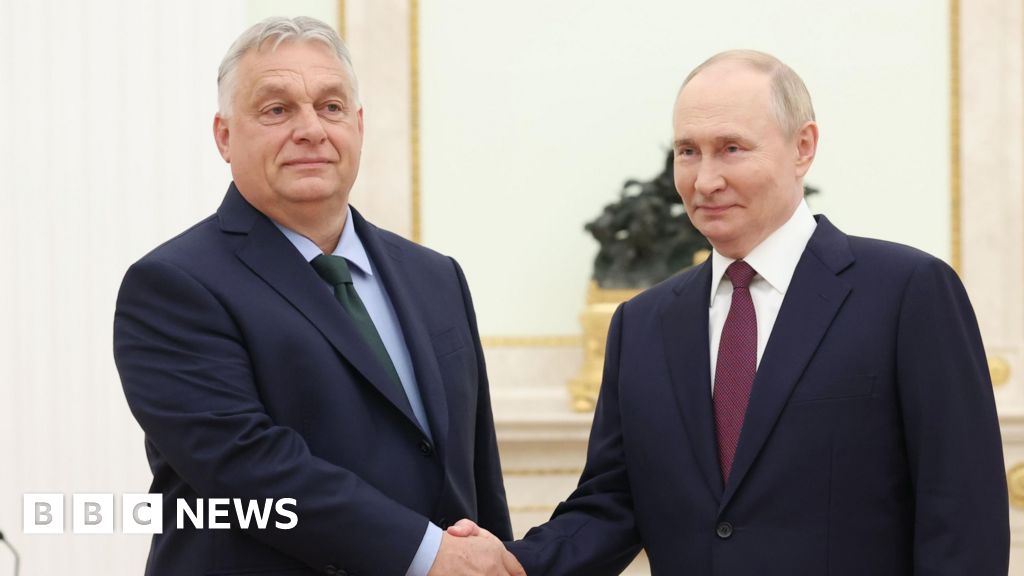African Children’s Day should be celebrated every day

Originally published in FairPlanet.
Growing up as the son of farmers in Ghana, I understand the pain of going to bed hungry. Every year, in the months between planting and harvest, we endured the “hunger season” when no meal was guaranteed. Life was hard, but we managed with the help of our extended family and community.
Despite the hardships, I was fortunate enough to be able to go to school. School did not exempt me from my daily responsibilities. I would get up at dawn and walk a mile to a stream to fetch a bucket of water and carry it home on my head. After completing the journey several times, nearly six miles a day, I would bathe near the same stream and then go to school.
The belief that education could improve my quality of life motivated me. Education fueled my dreams, a spark that took me around the world and closer to my goals.
But school is harder when the body’s most basic needs, like food or water, aren’t met. I was occasionally distracted by hunger. For some, malnutrition can stunt cognitive development and make learning nearly impossible. Opportunity begins where hunger ends.
June 14 is International Day of the African Child, a reminder of the millions of young people who do not get a good start in life. The day began as a commemoration of the 1976 protests for educational equity in Soweto, South Africa. It has evolved into a broader focus on the opportunities and challenges in fully realising children’s rights in Africa.
According to the recently published Global Report on Food Crises, the three countries with the highest number of people suffering from acute food insecurity are on the African continent: the Democratic Republic of Congo (DRC), Nigeria and Sudan. In all three countries and other hunger hotspots, conflict is exacerbating the hunger crisis and violating children’s rights.
In the Democratic Republic of Congo, for example, the conflict has displaced nearly seven million people, making the crisis the second largest of its kind in the world. Hundreds of thousands are hungry and need immediate humanitarian assistance. Since the violence began in January, Action Against Hunger’s health facilities in the region have received four times as many severely malnourished children – all under the age of five.
Last April marked the first anniversary of the conflict in Sudan, one of the world’s largest humanitarian crises. Almost 18 million people, or one in three Sudanese, are affected by acute food shortages. Conflict and hunger have forced 8.2 million people to flee their homes. The most vulnerable are bearing the brunt of the conflict: 700,000 children under the age of five are suffering from severe acute malnutrition, the deadliest form of hunger.
In Nigeria, the situation is different: 1.74 million children are undernourished amid rising inflation, while over 95 million families live on about US$1.90 a day. This has a huge impact on children’s ability to learn and develop. Food insecurity among children is linked to developmental delays, including social and behavioral disorders, cognitive problems and poor physical health.
Fighting hunger is not just a moral issue, it is also an economic one. In the medium term, almost two out of every three new workers in the world will come from India and sub-Saharan Africa. In the long term, Africa is the only region expected to experience strong population growth that can deliver a global demographic dividend – but only if we help children reach their potential.
One smart place to start is to fight hunger. A 2022 study showed that every dollar invested in preventing chronic malnutrition in children can lead to annual gains of between $2 and $81. Unfortunately, this data is not being used.
According to the Hunger Funding Gap 2024, only 35 percent of aid appeals from countries struggling with hunger crises were met in 2023, resulting in a hunger funding gap of 65 percent, 23 percent more than the previous year. Africa not only has the youngest population in the world, but also the highest hunger rates: according to the World Health Organization, nine out of ten children do not receive even the minimum acceptable diet.
Stunting in African children – or in all children, anywhere – will ultimately weaken our world. But there is hope.
In South Africa, the Soweto protests were a turning point in the fight for equal opportunities. The demonstrations were seen around the world and the world began to respond. The status quo is difficult to change, but awareness and action can make a difference. Progress is possible, both for individuals like me and for countries as a whole.
The world has more than enough resources to end hunger. I look forward to one day observing International Day of the African Child and celebrating that every young person has enough quality food to eat and the opportunity to learn and dream like I once did.
Until then, food security must be our top priority so that every child has the chance to reach their full potential.



